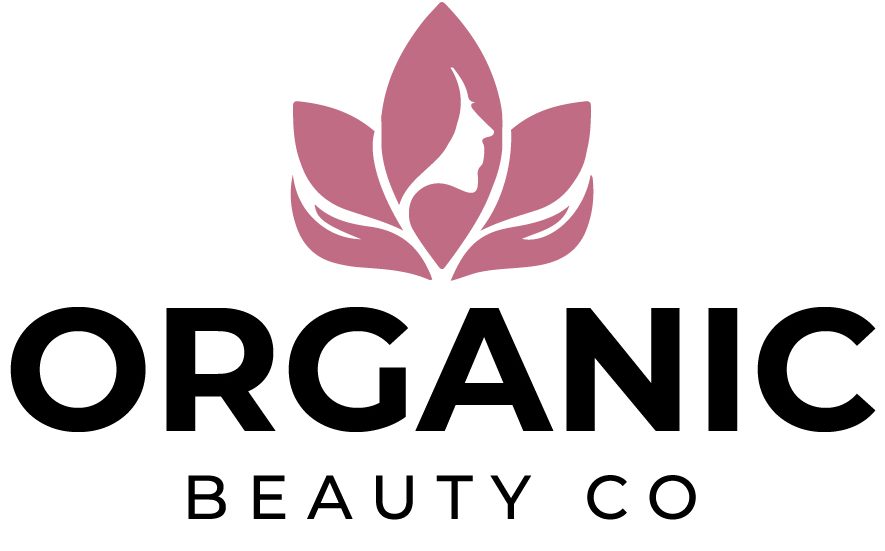Is clean beauty better than other types of beauty? You may have heard the term “clean beauty” on a lip gloss commercial or seen it on a makeup remover label. We’ll debunk the myths about clean beauty with the help of LovelySkin CEO and board-certified dermatologist Dr. Joel Schlessinger.
What is clean beauty?
Does clean beauty really make you more beautiful
Natural beauty and clean beauty: Is it the same?
What should you do when buying clean beauty products
What are some clean beauty products that I should check? What is Clean Beauty?
What is clean beauty? There is a clear definition of “clean” in the beauty industry. There is no standard definition of pure beauty in terms of products or packaging because the time has not been defined or regulated. Dr. Schlessinger says that the word “clean beauty” is subjective. Many brands claim to be clean, but in reality, they are not qualified in this area. I have personally become involved in determining what products meet my standards for a “clean beauty” product.”
Some manufacturers call their products “clean,” meaning they have avoided ingredients that may be harmful to the environment. Some manufacturers use the term “clean” to highlight their use of plant-based or natural ingredients or to show that their products do not contain ingredients that people might want to avoid due to allergies, like fragrances, parabens, or sulfates. Some manufacturers who market their products as “clean” are guilty of vilifying perfectly safe ingredients. It’s important to go beyond the labeling.
Clean beauty, is it really better for you?
Clean beauty is popular because people are looking for products they believe to be healthier for their bodies and skin. Is pristine beauty better for you than other products? Not necessarily. The label “clean” or natural does not mean that the product is better for you or your skin.
Natural skin care ingredients such as minerals or plants are not necessarily safer than those made in a laboratory or factory. Dr. Schlessinger explains that some essential oils derived from natural sources can cause irritation to the skin and even contact dermatitis. “Poison ivy, while natural, can be very painful for those who come into contact with it. This is an example of how natural ingredients are not always the best for everyone.
Natural vs. clean beauty
Before “clean beauty,” “natural beauty,” or “green beauty” were popular terms used to promote products that were eco-friendly and derived from natural resources. These two terms, like clean beauty, have no legal definitions. Their meanings also vary from one company to another.
Beware of the myths about clean beauty.
The word “chemical” is often used negatively, but it is important to remember that the entire world is made up of chemicals. This includes the food that we eat, the oxygen that we breathe, and the water that we drink.
Another red flag is beauty products that are marketed to contain “non-toxic ingredients.” There is no such thing as non-toxic ingredients. “What makes an ingredient toxic, is not the substance but the amount or dosage,” says Dr. Schlessinger. In a large dose, anything–including oxygen and water–can become toxic.

